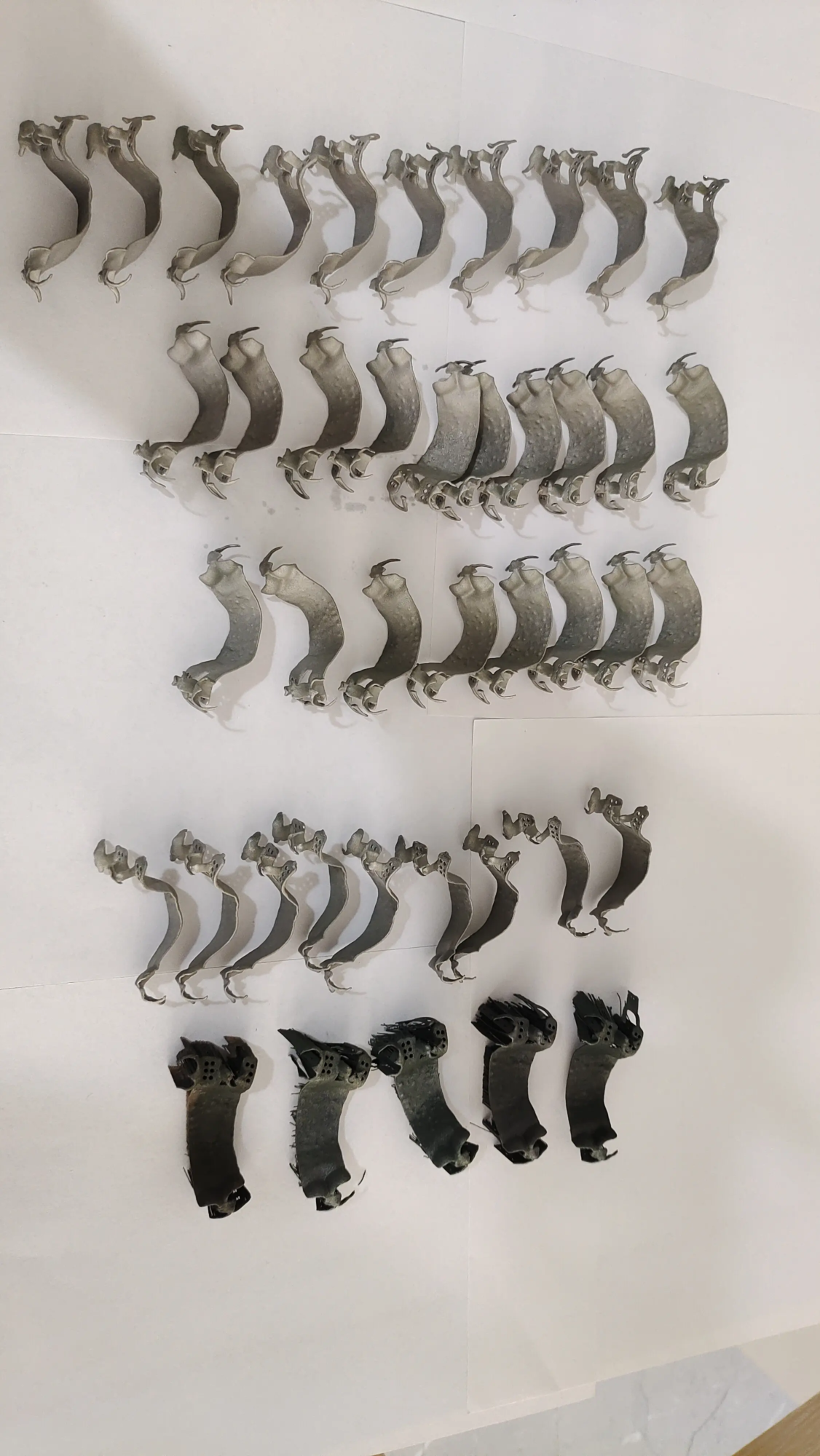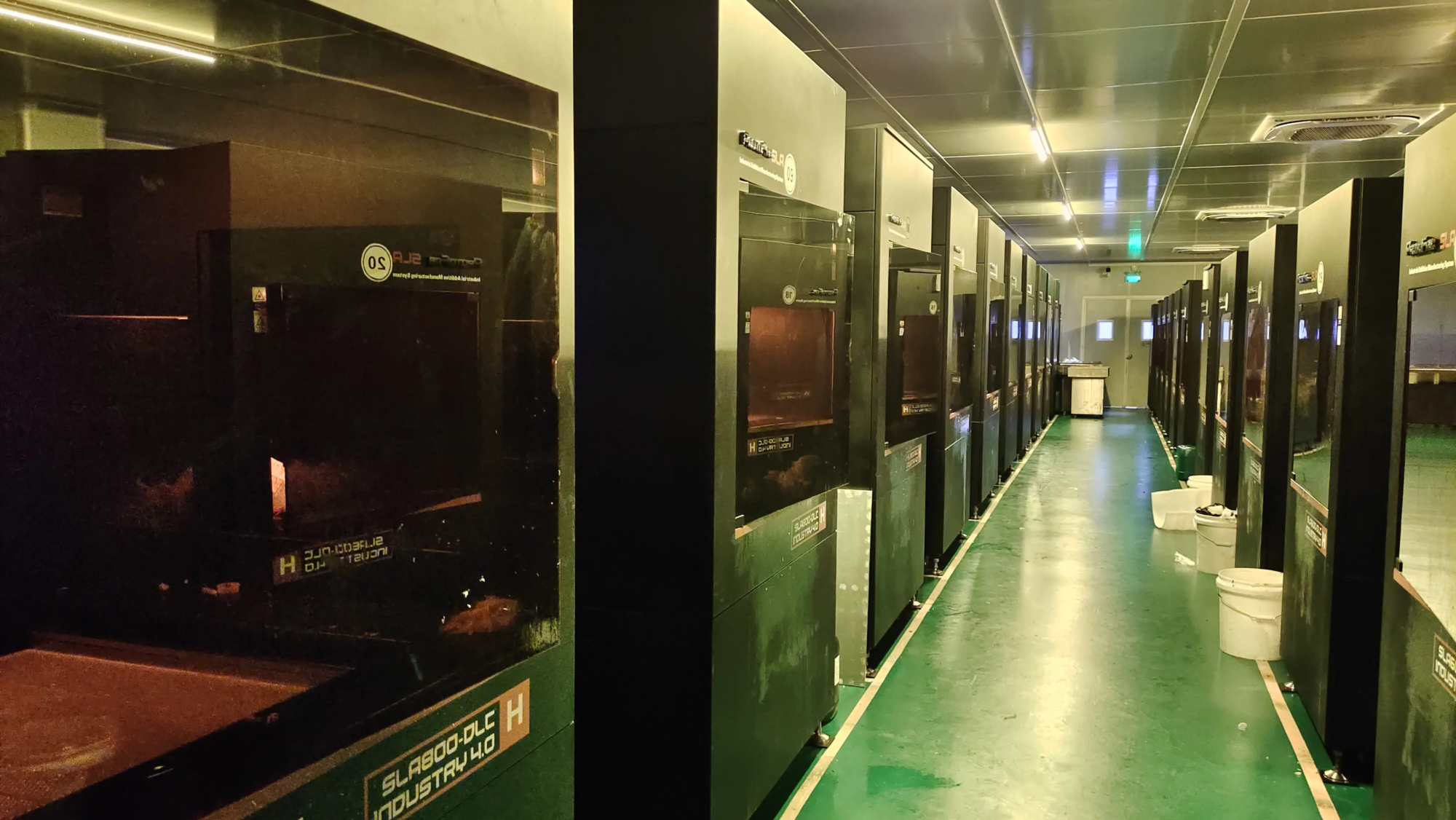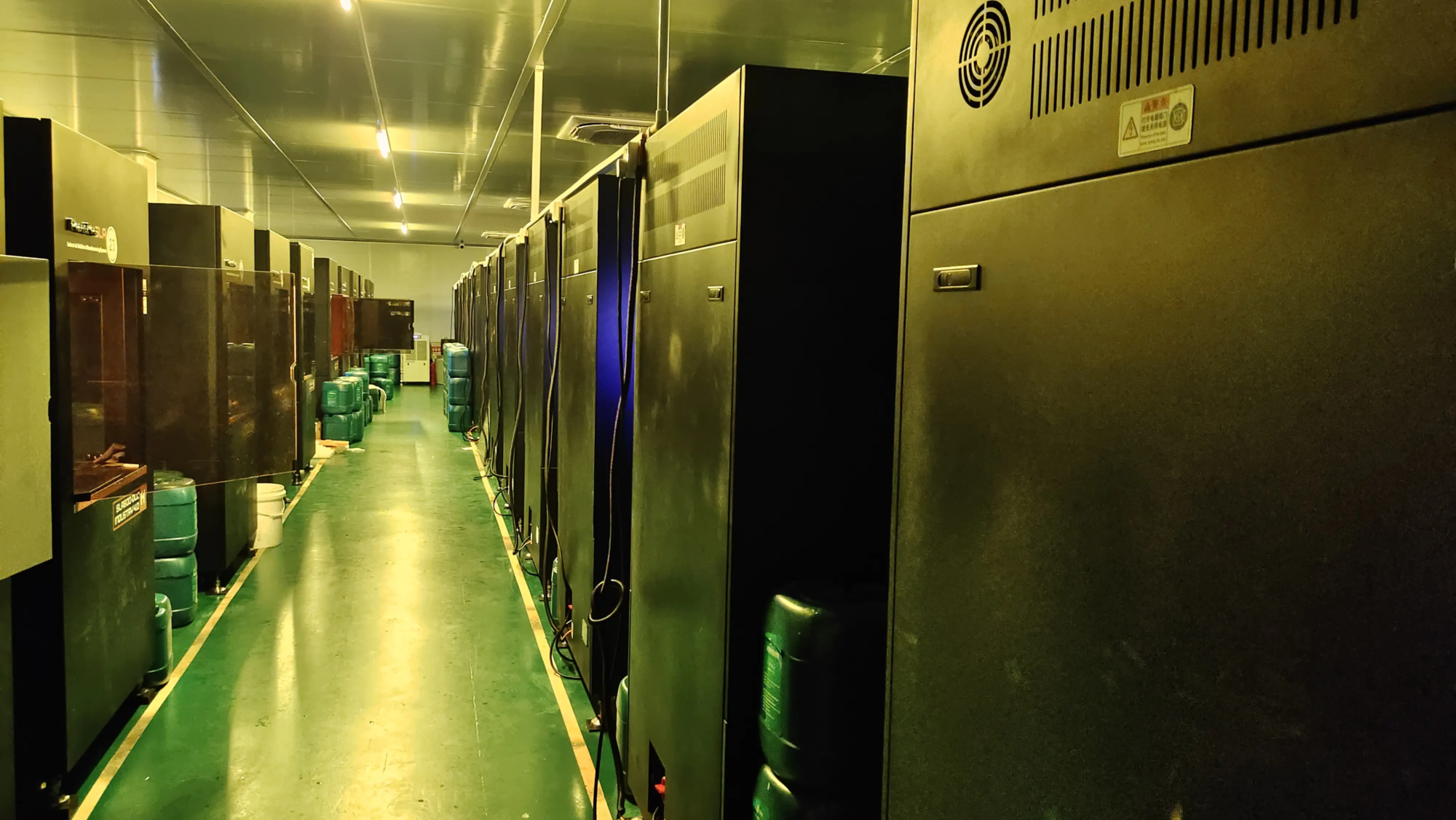On May 23, 2025, according to the Resource Library, the University of Illinois in Champagne (UIUC) research team launched a brand new artificial intelligence system that can accurately draw the source of 3D printed parts, and even specifically what machine was manufactured. This technology should help manufacturing companies to regulate suppliers more effectively, optimize the management of the supply chain and obtain early identification of problems and process compliance verification.
The study was led by Bill King, professor in the Department of Mechanical Sciences and Engineering at the University of Illinois. The researchers discovered that each additive manufacturing device leaves a unique “fingerprint” function on the components during printing. Although these fingerprints are difficult to distinguish with the naked eye, the AI system can identify and follow the source of their manufacture through photos of the components.
“Even two 3D printers with exactly the same model and using the same material and the same parameters, the parts they print have different microscopic characteristics of each other, and our AI model can identify and retrace these differences,” said Professor Jin. “This allows us to precisely determine what equipment the components are manufactured by and under process conditions, without having to count on the verbal commitment of the supplier.”
Research results were published in the journal Advanced Manufacturing.
Professor Jin stressed that technology is very important in supplier management and quality control. In real operation, when a manufacturer signs a contract with a supplier, it generally accepts to use specific equipment, process parameters and a production location, and it is prohibited to modify it without authorization. However, the industry has generally do not have an effective execution mechanism, and the suppliers are common to change materials or processes without authorization. Although in most cases, product performance will not be hampered, the consequences can be extremely serious once the problems occur.
“Modern supply chains are largely based on confidence,” added Professor Jin. “We carry out audits and inspections on site in the first stages of the project, but it is not realistic for most companies to keep track of each link. Therefore, many problems are only exposed after unqualified products do not appear. Almost all manufacturers have met a similar “crisis of confidence”. “
The research initially focused on the precision of repetition of the 3D printing equipment, and the team noticed unexpectedly that the dimensional tolerances and the surface characteristics of the parts were closely linked to the specific equipment. After analyzing the photos of the components, the researchers confirmed that “fingerprint information” of the manufacturing equipment, process flow and even materials can be extracted from images.
“These traces of manufacture were there all the time, but no one has made them in the past,” said Professor Jin. “There are thousands of 3D printers operating worldwide, manufacturing tens of millions of pieces each year, which are widely used in the fields of aerospace, cars, medical devices and consumer electronics. Each component actually carries a unique identity brand which can be read by AI.”
The research team has also developed an AI model which can recognize these “digital production fingerprints” thanks to photos taken by smartphones. The model is completed on the basis of a large -scale dataset training, which contains 21 machines of 6 companies and 9192 image pieces covering 4 different processes. The tests show that even if only the area of 1 square millimeter of the surface of the room, the system can identify its manufacturing source with 98%.
“What is even more exciting is that AI models can learn to predict the source of all the items delivered with only 10 samples provided by the supplier,” said Professor Jin. “This means that the complete supervision of suppliers can be carried out with a minimal investment.”
If this technology can be marketed, it will have to completely revolutionize the management model of the manufacturing industry for supply chains. With this AI system, manufacturers can not only detect problems at the start of a problem, but also considerably reduce the workforce and the time required to help down errors. In addition, it has the potential to follow the source of illegally manufactured products.





